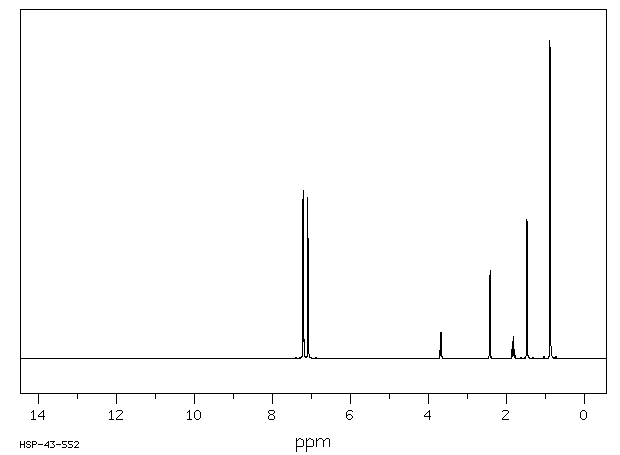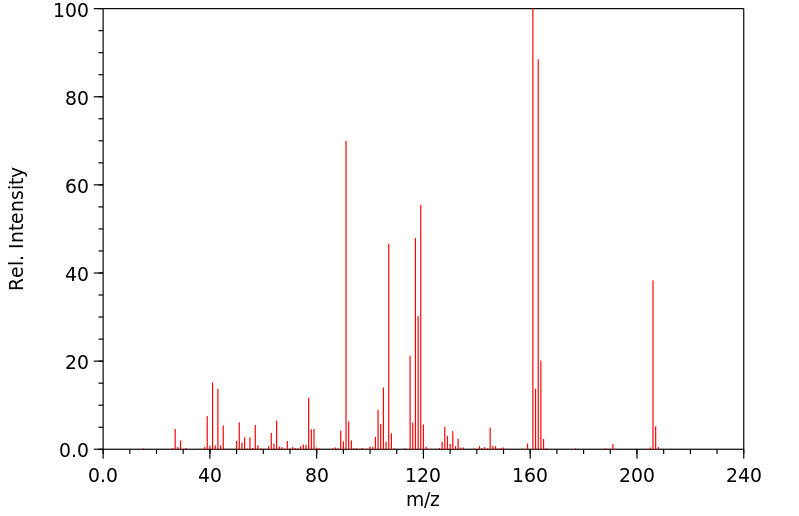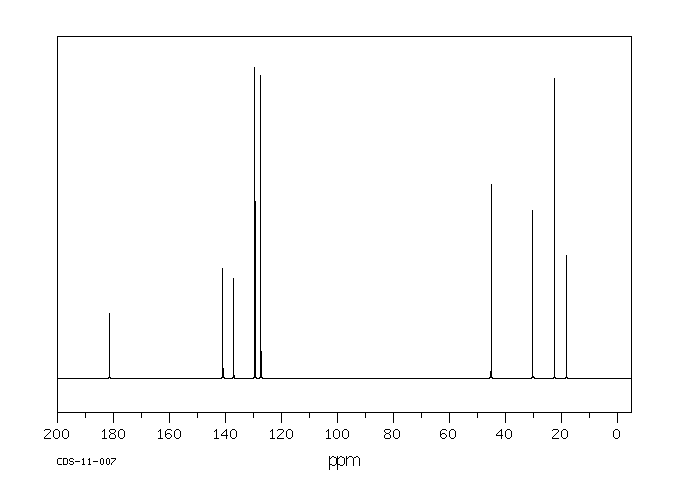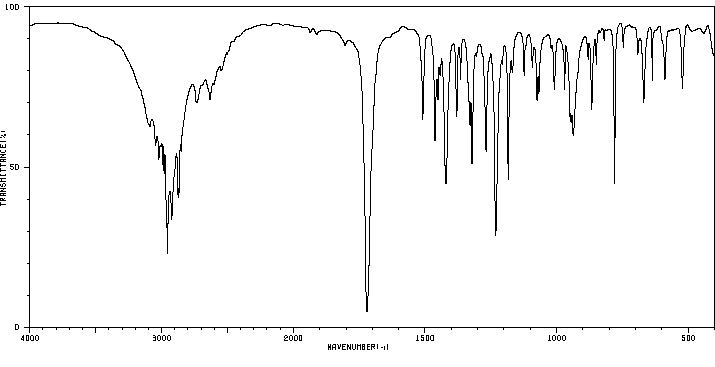代谢
布洛芬在肝脏中迅速被代谢和生物转化,形成主要的水合和羧化衍生物。一旦被吸收,R-对映体在大约53-65%的范围内通过alpha-甲基酰辅酶A消旋酶的活性,转化为更活跃的S-对映体。布洛芬的代谢可以分为I相,即异丁基链的水合作用,形成2或3-羟基衍生物,随后氧化为2-羧基布洛芬和对羧基-2-丙酸。这些氧化反应是由细胞色素P450同种型CYP 2C9、CYP 2C19和CYP 2C8的活性完成的。因此,这些酶参与了烷基侧链到羟基和羧基衍生物的氧化。在这些酶中,形成氧化代谢物的主要催化剂是CYP 2C9同种型。代谢的I相之后是II相,其中氧化代谢物可能在与葡萄糖醛酸结合后被排出。这一活动形成了酚和酰基葡萄糖醛酸。
Ibuprofen is rapidly metabolized and biotransformed in the liver to the formation of major metabolites which are the hydroxylated and carboxylated derivatives. As soon as it is absorbed, the R-enantiomer undergoes extensive enantiomeric conversion (53-65%) to the more active S-enantiomer _in vivo_ by the activity of alpha-methylacyl-CoA racemase. Ibuprofen metabolism can be divided in phase I which is represented by the hydroxylation of the isobutyl chains for the formation of 2 or 3-hydroxy derivatives followed by oxidation to 2-carboxy-ibuprofen and p-carboxy-2-propionate. These oxidative reactions are performed by the activity of the cytochrome P450 isoforms CYP 2C9, CYP 2C19 and CYP 2C8. Therefore, these enzymes participate in the oxidation of the alkyl side chain to hydroxyl and carboxyl derivatives. From this enzymes, the major catalyst in the formation of oxidative metabolites is the isoform CYP 2C9. The metabolic phase I is followed by a phase II in which the oxidative metabolites may be conjugated to glucuronide prior to excretion. This activity forms phenolic and acyl glucuronides.
来源:DrugBank










